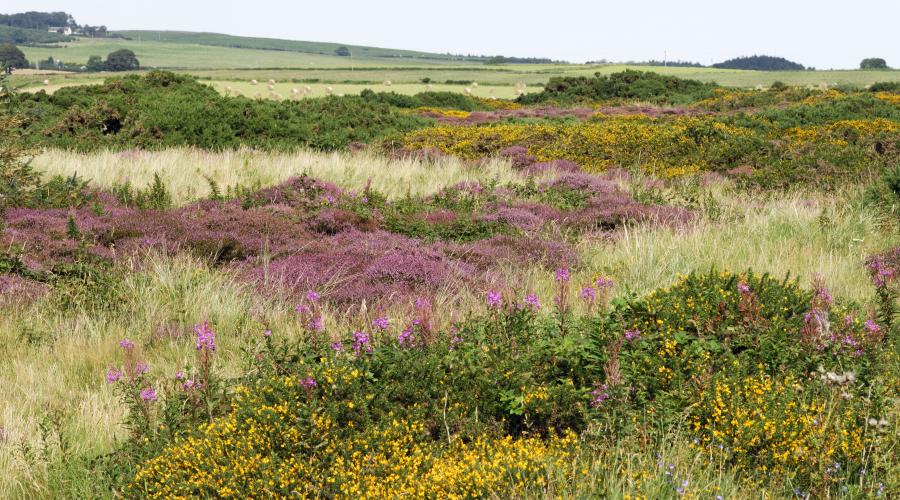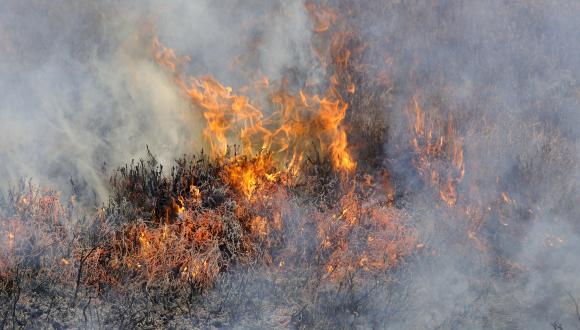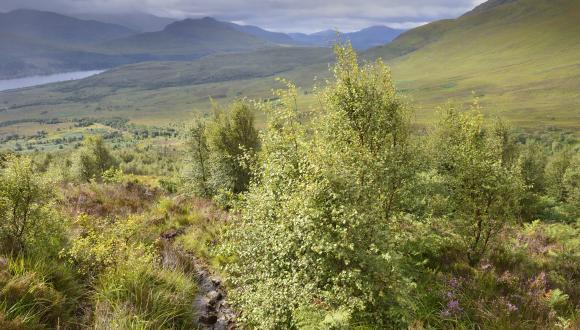
Lowland heathland
Lowland heath is a habitat that’s very important for biodiversity as it’s uncommon and supports a range of species.
Lowland heaths usually occur as isolated patches within a wider landscape of more intensively used farmland and woodland. They are remnants of a formerly more extensive habitat, and support plant and animal species often not found in the surrounding land.
Heather and other dwarf shrubs usually make up 25 to 90 per cent of the vegetation. Grasses and herbs are often more prominent than in upland heath, lichens and mosses can be important, and some gorse, bracken or scattered tree cover is often present. There are both wet and dry kinds of lowland heath.
Lowland heaths were created by human intervention and managed as grazing land and sources of other products. People valued them much more for these uses in the past than they do now.
Threats to heathland
Heathland is a rare habitat across the globe, and although we have lots of upland heath in Scotland, lowland heaths are now quite rare. Areas have been lost to more intensive farmland, woodland, and development. Remaining lowland heaths are usually found in areas which are too difficult to cultivate or use more intensively because of rocky or wet soils.
Many lowland heaths have now become neglected, and it’s important that they are properly managed, ideally through light grazing and in some cases burning. These practices maintain them as open habitats, preventing them becoming rank or being lost to scrub and tree cover.
Find out more
Cutting of heather as an alternative to muirburn: NatureScot Information and Advisory Note No. 58







